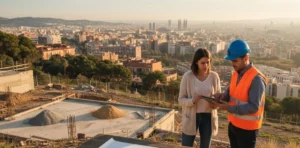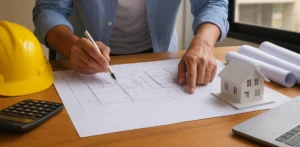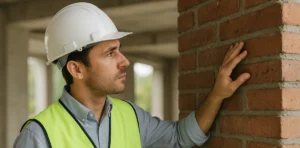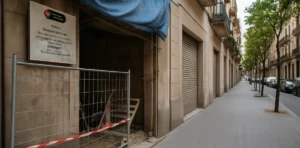Table of Contents
- Introduction: Why is change of use so in demand?
- What Does It Mean to Change the Use of a Commercial Premises to a Residential Use?
- Regulations Governing Change of Use in Barcelona
- Requirements for Changing a Commercial Space into a Home
- Urban Feasibility: How to Know if a Premises is Suitable
- Necessary Documentation for Change of Use
- Step by Step: Administrative Procedures
- Approximate Cost of Change of Use
- Common Mistakes and How to Avoid Them
- Advantages of Change of Use in Barcelona
- Conclusion and Final Recommendations
- Do you need help with your project?
Introduction: Why is change of use so in demand?
The conversion of commercial space into residential use in Barcelona has become one of the most sought-after urban development projects in recent years. The growing demand for affordable housing, coupled with the excess of vacant commercial space in certain areas of the city, has prompted owners and investors to transform these spaces into homes.
Barcelona's urban density is high, making opportunities for building from scratch limited. Therefore, converting commercial space into a home can be a very profitable option, provided all the legal and regulatory requirements established by the City Council and other competent authorities are met.
What Does It Mean to Change the Use of a Commercial Premises to a Residential Use?
A change of use consists of modifying the function assigned to a property by urban planning. In this case, it involves converting it from a commercial, industrial, or other use to a residential one. It is not simply a renovation, but an administrative and legal process that requires prior authorization and compliance with very specific requirements.
The transformation means that the property is no longer registered as a commercial property and is now listed as a residential property in both the land registry and the property register. This allows for legal occupancy as a home, as well as its inclusion in the residential rental or sales market.
Regulations Governing Change of Use in Barcelona
Barcelona is subject to the General Metropolitan Plan (PGM), which establishes the urban planning parameters for each area. According to this plan, not all commercial premises can be converted into housing. Furthermore, regulations vary depending on the neighborhood, street, and even the building number.
Technical building standards must also be met, such as the Technical Building Code (CTE), which regulates aspects such as health, safety, and energy efficiency. Another key document is the Habitability Decree of the Generalitat de Catalunya (Catalan Government), which establishes the minimum requirements for a space to be considered habitable.
In areas of the Old Town, the Eixample district, or protected areas, additional restrictions may apply. Therefore, it is essential to verify the feasibility of the change before starting the process.
Consult here the habitability conditions of Barcelona City Council:
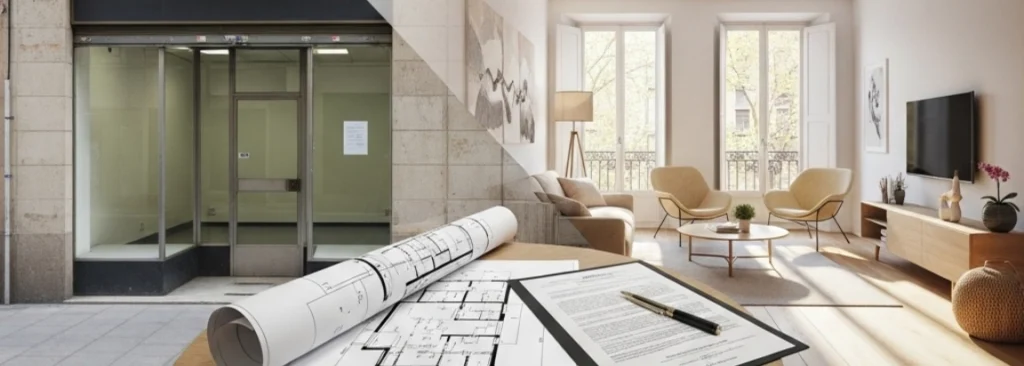
Requirements for Changing a Commercial Space into a Home
Not all commercial premises can be converted into residential properties. These are some of the main requirements the property must meet:
- Minimum usable area: According to Catalan regulations, a home must have at least 36 m² of usable area. In some cases, up to 25 m² is permitted for studio apartments, but under specific conditions.
- Minimum facade: The premises must have a minimum facade of 3 linear meters facing the public road, which guarantees natural ventilation and lighting.
- Interior clearance height: A minimum height of 2.5 metres is required for at least 75% of the usable area.
- Lighting and ventilation: All living spaces must have direct natural lighting and ventilation. Bathrooms and kitchens may have forced ventilation.
- Smoke and ventilation outlets: Consideration should be given to whether stoves or boilers will be installed.
- Independent access: In many cases, access to the new home must not interfere with the flow of people in common areas.
Urban Feasibility: How to Know if a Premises is Suitable
Before investing in a change of use, it's essential to conduct a technical analysis to determine whether the space is viable from a development perspective. To do so, we recommend following these steps:
- Commission a preliminary technical study: An architect will assess the regulations applicable to the premises and verify that they meet the minimum requirements.
- Request an urban planning compatibility report: This document is issued by the City Council and determines whether the change of use is viable based on the area, the original use, and local ordinances.
- Preliminary consultation with the City Council: This can be done in person or online. It's a very useful tool to avoid initiating unnecessary procedures.
Check the online procedures here:
Necessary Documentation for Change of Use
Once the feasibility has been confirmed, the next step is to gather all the documentation required by Barcelona City Council:
- Complete technical project approved by an architect
- Proof of ownership of the property
- Descriptive report of the works to be carried out
- Plans of the current and renovated state
- Proof of payment of administrative fees
- Construction waste management study
- Declaration of responsibility or application for a major works permit
Step by Step: Administrative Procedures
The administrative process for changing the use of a commercial space to a residential property in Barcelona consists of the following steps:
- Application for a major construction permit
- Execution of works according to the approved technical project
- Completion of work and certificate of occupancy
- Changes in the land registry and property registry
- Registration of utilities as a primary residence
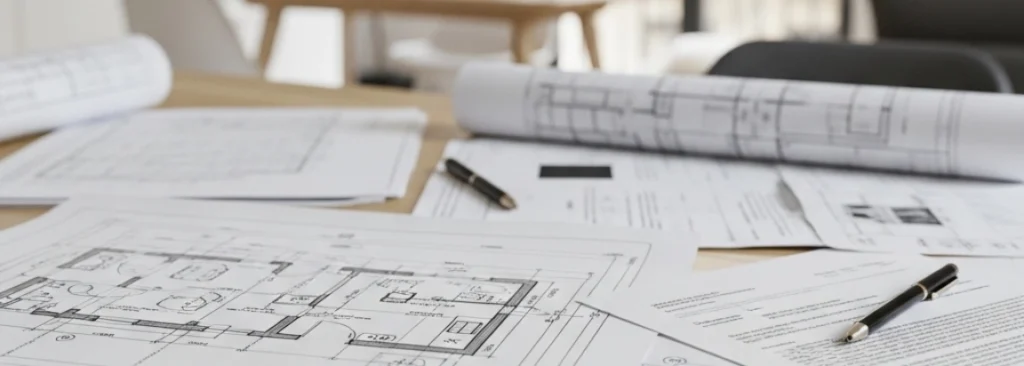
Approximate Cost of Change of Use
Costs may vary depending on the type of premises, its condition, and the complexity of the project, but can be grouped into:
- Technical fees: between €1,500 and €3,000
- Taxes and fees (ICIO): between 2% and 4% of the budget
- Adjustment works: between €300 and €800 per square meter
Common Mistakes and How to Avoid Them
Some common mistakes to avoid:
- Not conducting a feasibility study before purchasing or renovating
- Starting construction without the appropriate permit
- Failing to meet technical habitability requirements
- Assuming that all premises can be converted into housing
Advantages of Change of Use in Barcelona
- Increased property value
- Access to a broader rental market
- Better utilization of underutilized space
- Potential for high profitability in established urban areas
Conclusion and Final Recommendations
Converting a commercial property to a residential property in Barcelona is an excellent opportunity, but it requires planning, professional advice, and strict compliance with regulations. Conducting a preliminary study, hiring a qualified architect, and submitting all the necessary documentation are key steps to ensuring a legal, safe, and profitable conversion.
Do you need help with your project?
If you're considering a change of use from commercial to residential in Barcelona, we can help you throughout the entire process: urban feasibility, technical project, administrative procedures, and more. Contact us without obligation, and we'll advise you from the first step until you obtain your new occupancy certificate.
Request your personalized consultation now and avoid costly mistakes.
In addition, you can find out about all nuestros servicios en nuestra página.
